Mining Montana Sapphires: Rock Creek
I source all of my Montana sapphires directly from the mine owners, so I have full confidence in the gems I offer. The largest active mine in Montana is located in the Sapphire Mountains, in what is referred to as the “Rock Creek deposit,” located just west of Philipsburg, Montana. The area is wild and beautiful.
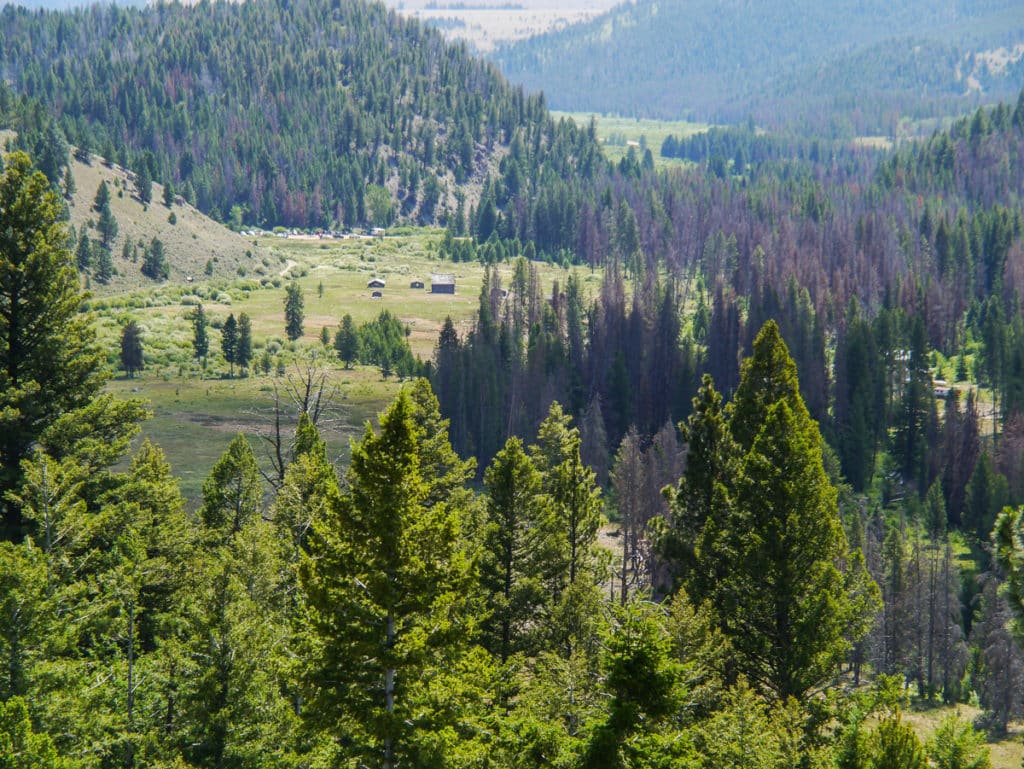
This is a famous deposit, mined since the early 1900’s. Early mining was very destructive, using jets of high pressure water to wash the sapphires and gold out of ground, and leaving behind silt in the streams and large piles of boulders devoid of soil.
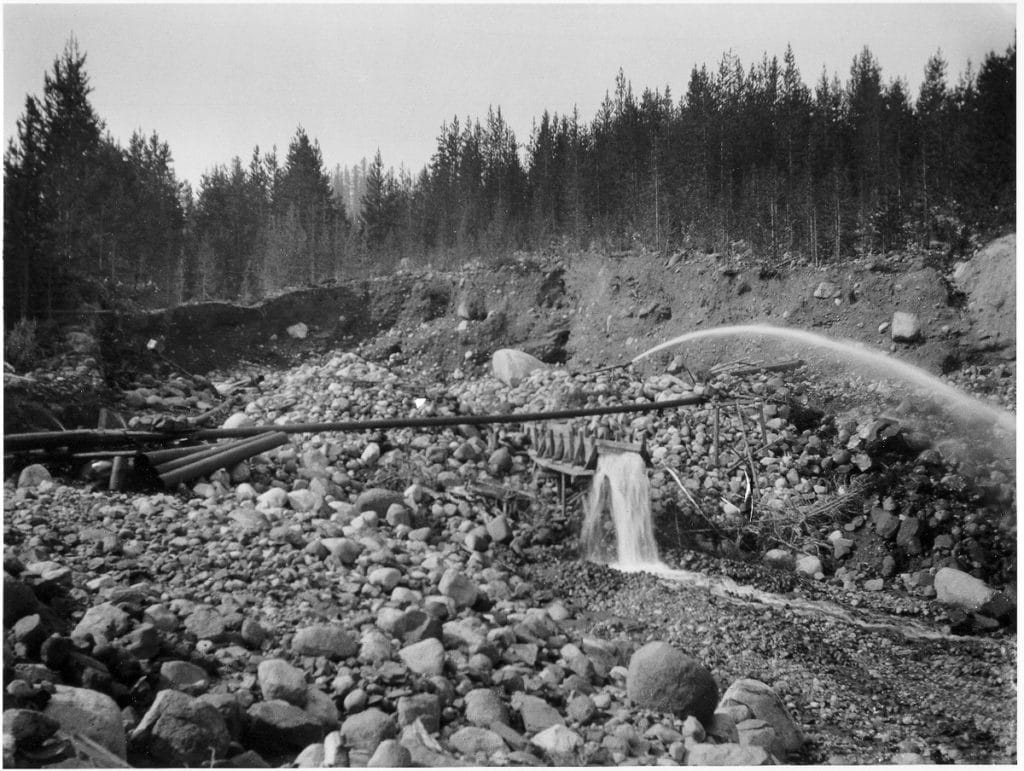
While the forest eventually grew back, most of it was clear-cut in the last few decades, leaving very few trees. This large area of clear-cut land was acquired by Potentate Mining in 2014 and they are now mining these areas.
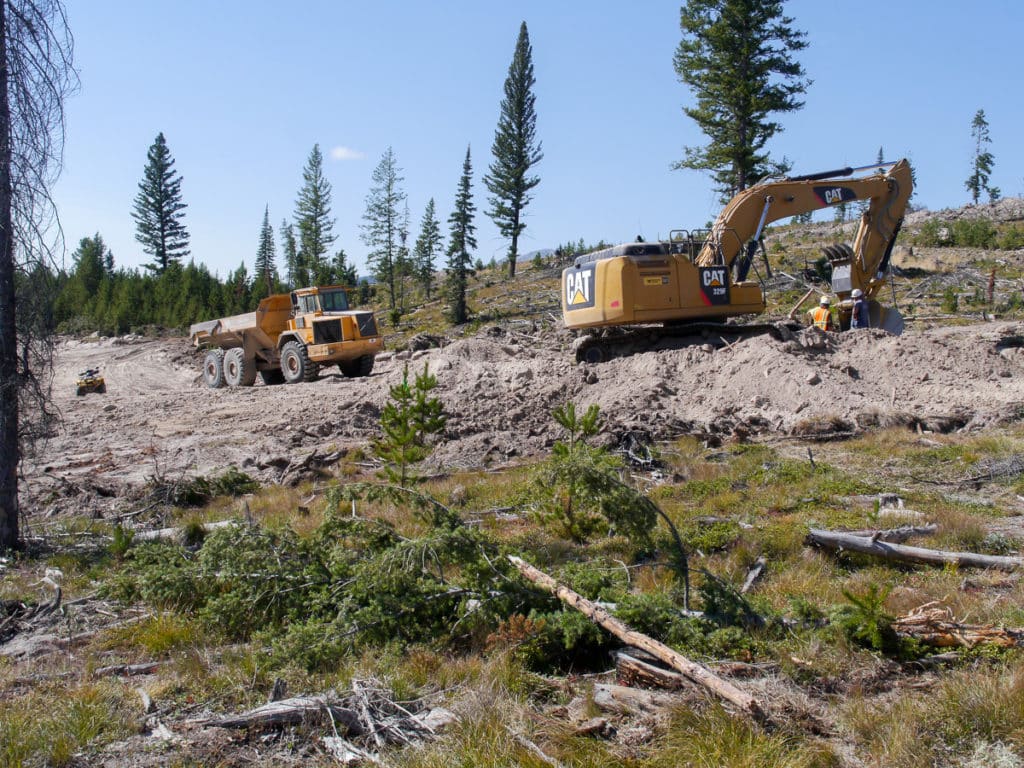
In the previous photo you can see all of the slash (waste branches, etc.) left behind by the loggers. While the mining work may look disruptive, it actually disturbs less total land area than a typical farm, and the area mined is restored to natural condition in just one or two years. The heavy equipment removes the topsoil and then grades away several feet of loose rock and soil in the sapphire-bearing layers. These are trucked to a nearby classifying plant.
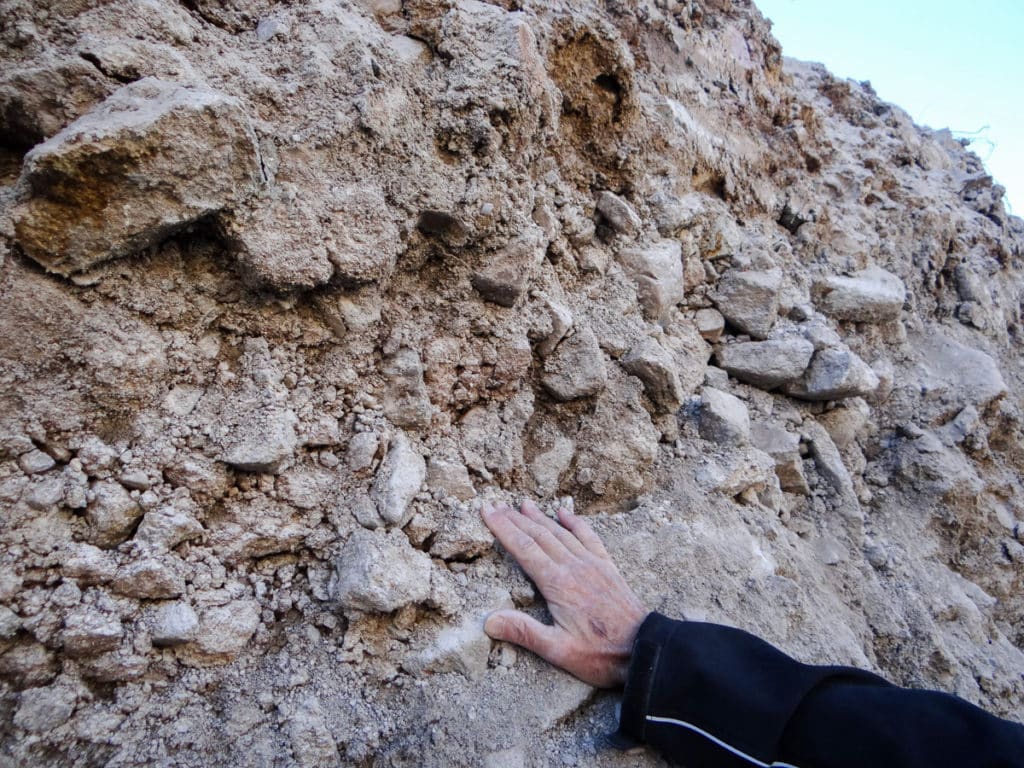
At the classifying plant the material is run through a piece of equipment that sorts it by size. Most of the sapphires are in the smallest size fractions of the sorted material. Below you can see the plant: On the left-hand side is the tiny gravels, full of sapphires, but too small to be commercially viable. The large rocks are almost totally devoid of sapphires, as most sapphires here are smaller than 1/2″ in diameter. The pile of mid-sized gravel on the right will be trucked to a more distant washing and processing facility to extract the sapphires.
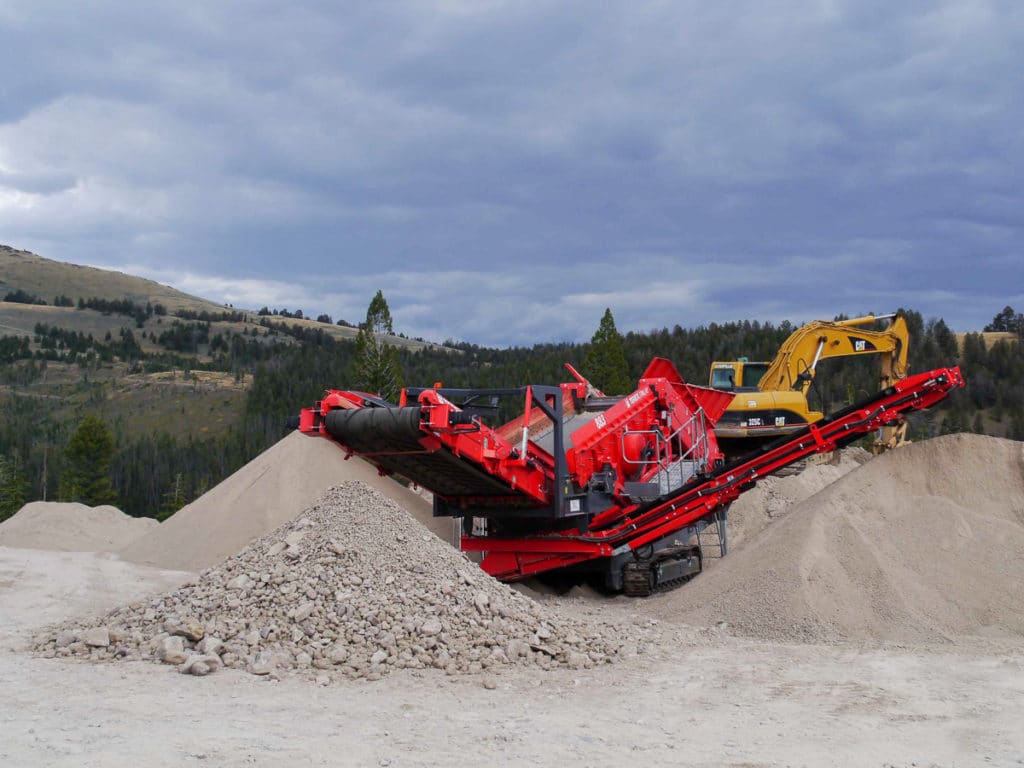
That mid-sized gravel is brought to a location with an adequate supply of water, where it is first loaded into this plant, which separates out much of the clay, sand and lighter gravel and sends them up and out the shoot on the lower right, with the ladder leaning against it. The sapphires, gold and some of the remaining gravel is now sent as a slurry through the white pipe for further processing.
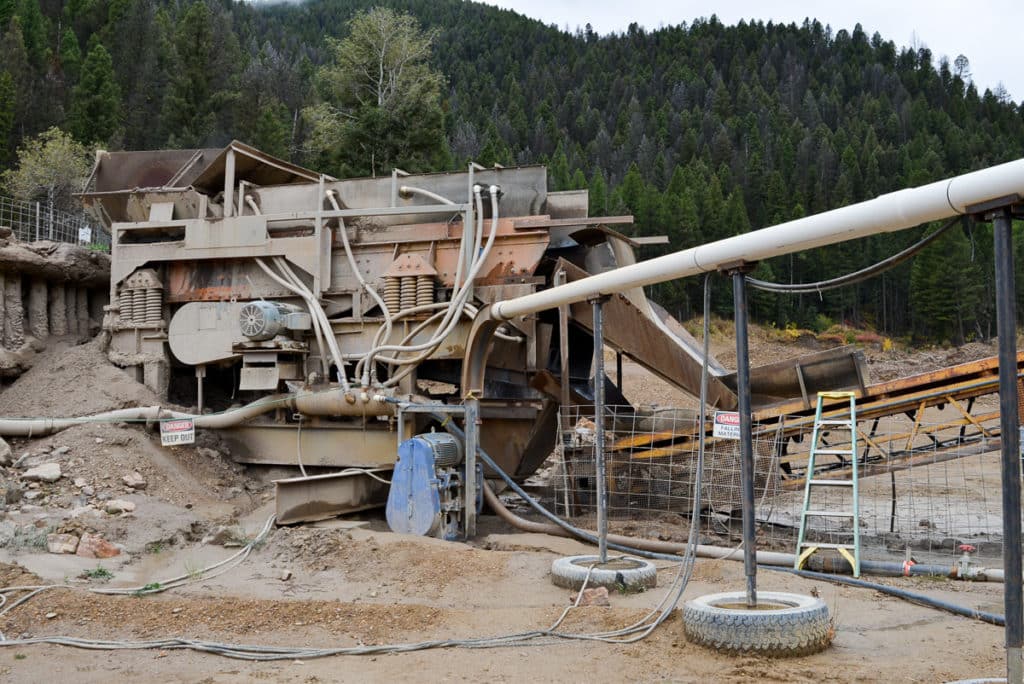
The next stage is a vibrating jig that separates out the heavy gold and sapphires and removes nearly all of the remaining gravel and sand/clay. The water used is sent out the shoot, first going into a sand screw–the big red double screw you see. The sand screw removes all but the finest suspended silt in the water. The silty water is then sent through the white pipes seen in the background to a water clarifier that removes all of the suspended solids and clay then on to a series of settling ponds, where most of the now clear water is recycled back into the processing operation.
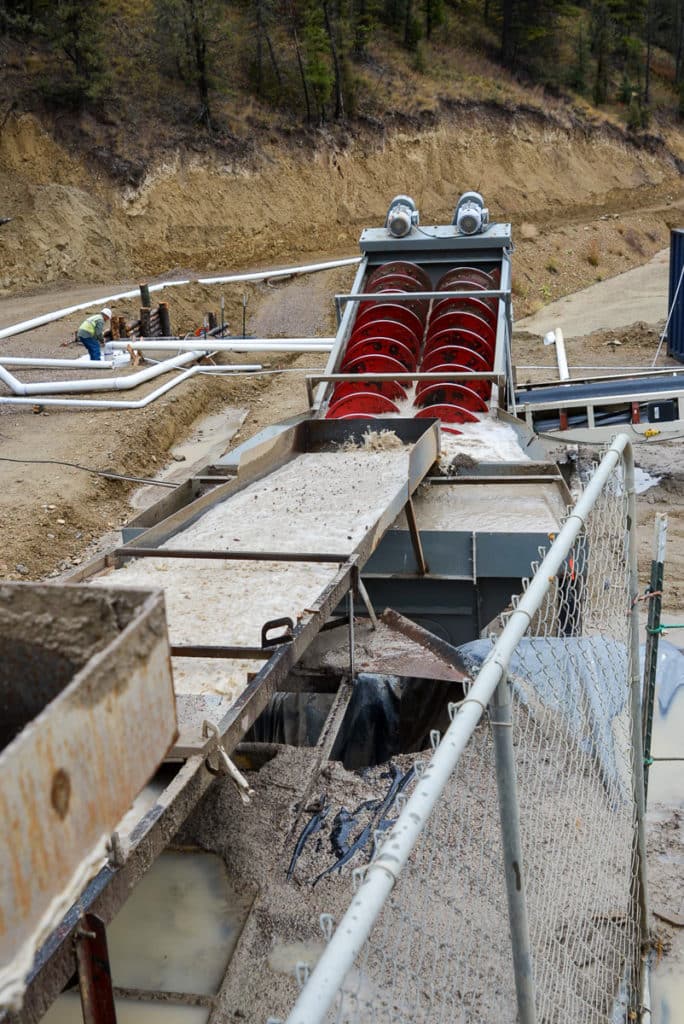
This image shows the top of the vibrating jig being cleaned out. The black “pebbles” you see are actually steel shot used to help with the separation of the lighter gravels from the heavier sapphires and gold. Each operating day, the larger gravel is scraped away and the ribs of the jig are carefully examined to look for those rare large sapphires. The lower portions are then completely cleaned out using a strong shop vacuum for careful processing indoors to remove the last bits of gravel and heavy non-gem material.
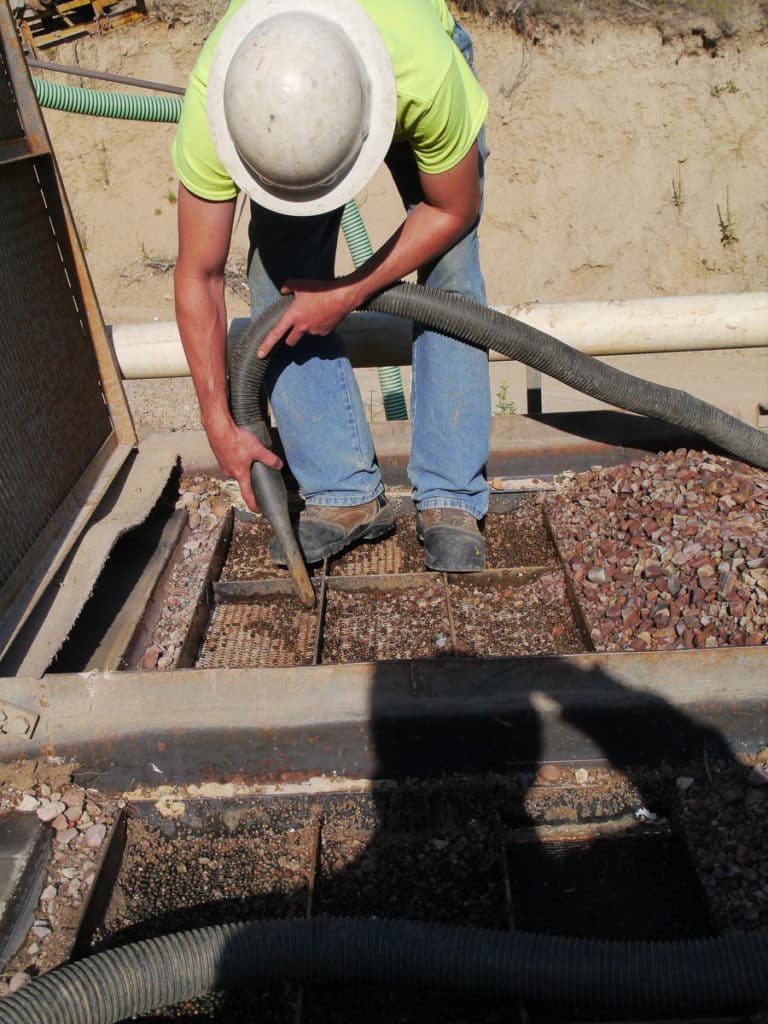
The material removed from the jig is loaded into this screening apparatus where it will be cleaned and separated further until just the sapphires remain. There are nesting screens that also roughly sort and classify the sapphires by size fraction.
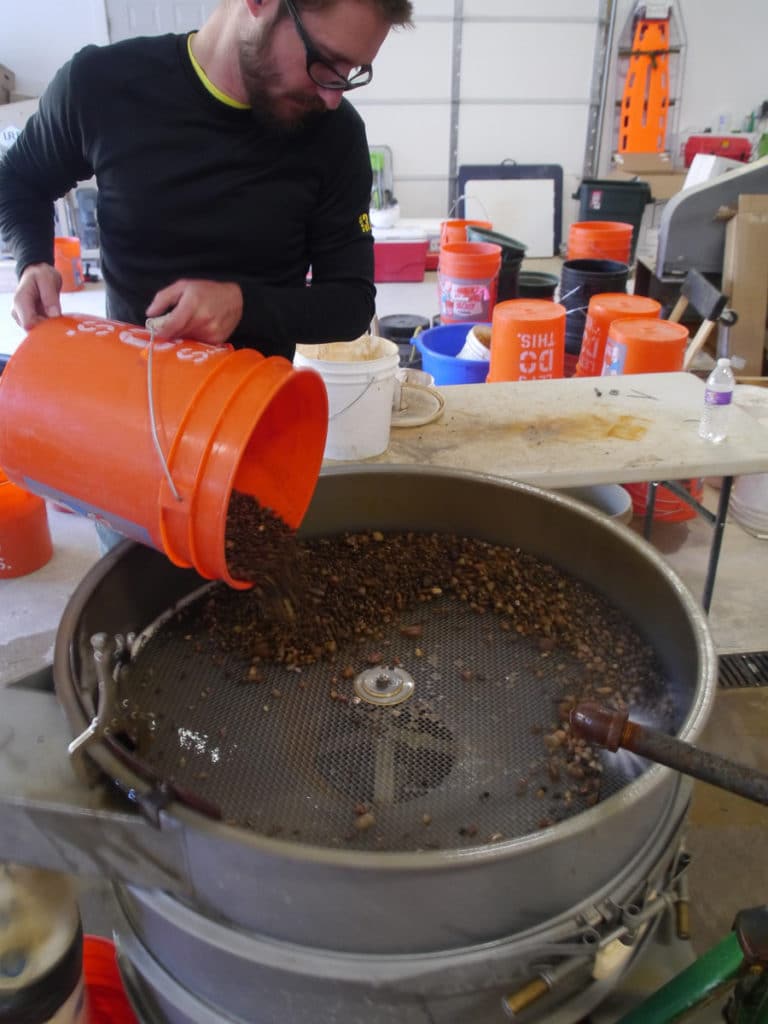
The steel shot mentioned earlier is now removed from the sapphires using large rare-earth magnets. This will also remove some of the garnets and hematite nodules present in the gem concentrates. The larger remaining pieces of gravel are then removed by hand.
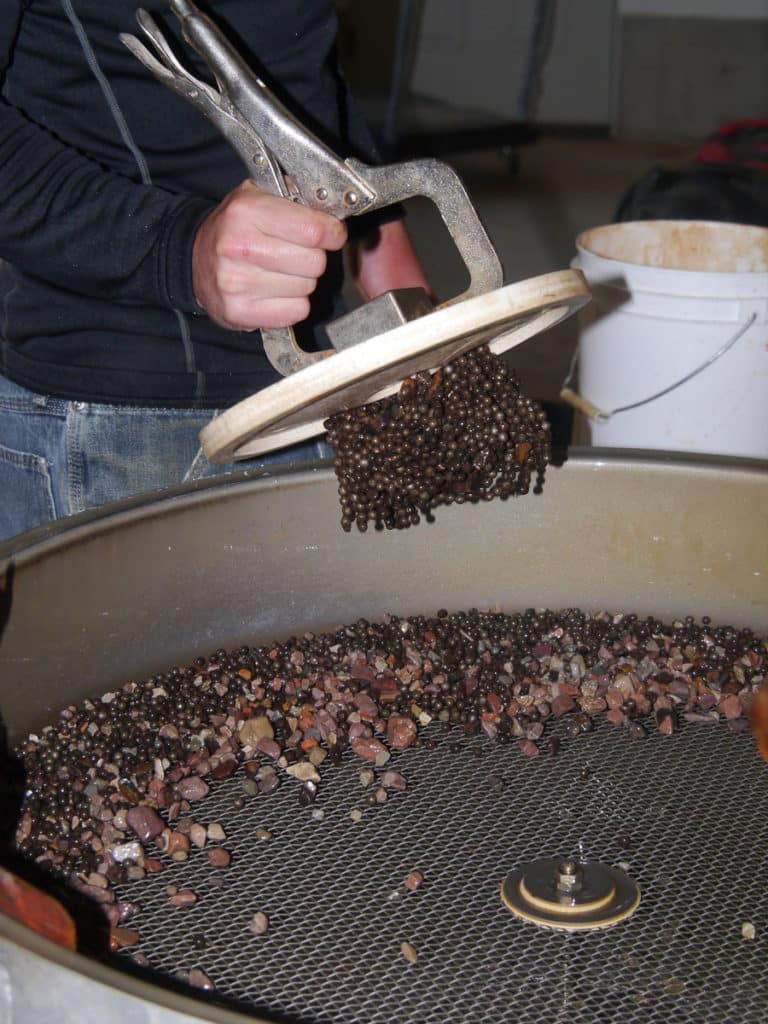
Finally all that remains is concentrate of sapphires and some other materials such as barite, garnet, an occasional topaz pebble and some heavier gravel pieces that have survived. These are mostly hand-picked out on a light box like the one pictured. Low-grade sapphires that are heavily included or completely opaque are also removed at this point.
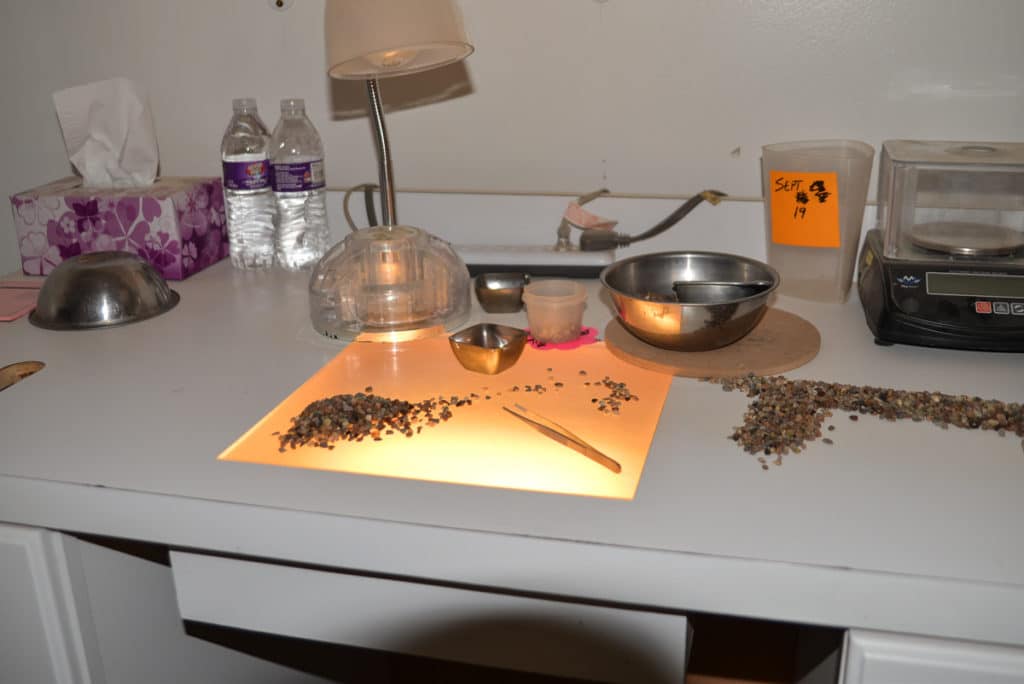
Here’s a close up view of a selection of some of the largest stones, showing the range of colors and sizes found.
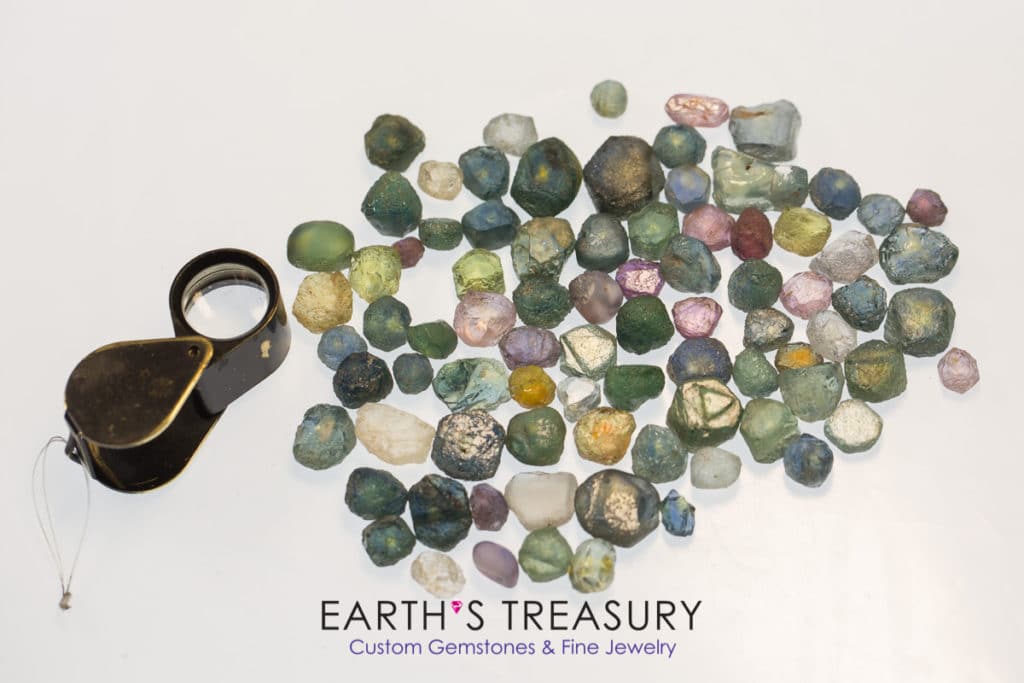
I’m ending this blog post with a shot of land that has been reclaimed after mining. Everything on the left was mined and replanted with native grasses and forbs, as well as tree seedlings so the forest will regrow. The soil area in the center is a new test trench on the edge to see if the sapphire-bearing gravels extend further at this spot. As you can see, its now in much better condition than it had been left by the timber company and in a few more years it will be almost impossible to tell that the land was ever disturbed.
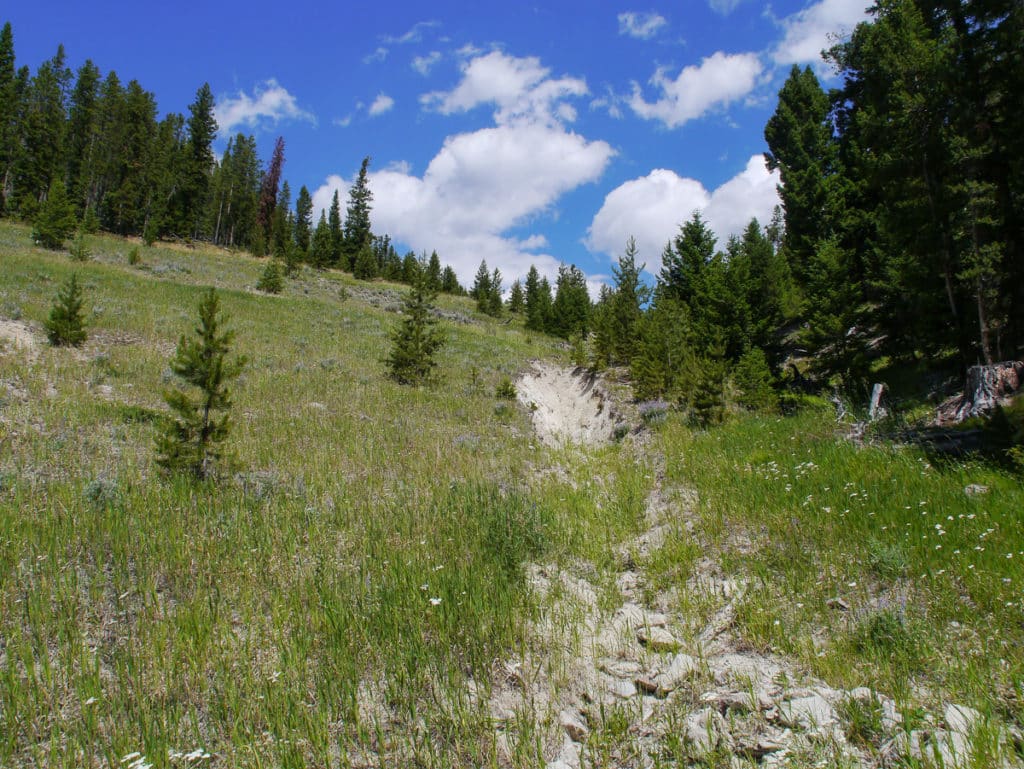
I want to thank Potentate Mining LLC for providing the bulk of these photos of their operation, and for rejuvenating sapphire mining the Rock Creek region.

